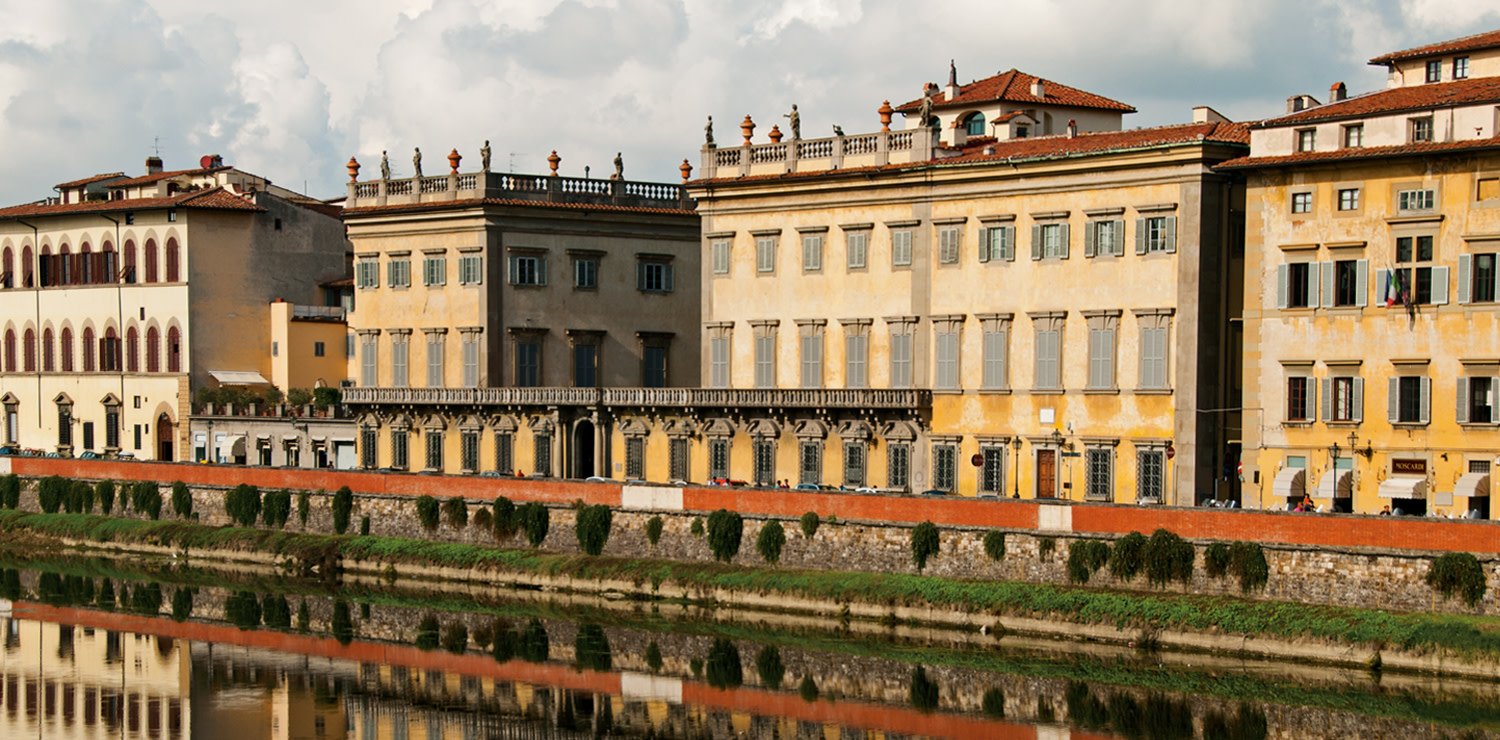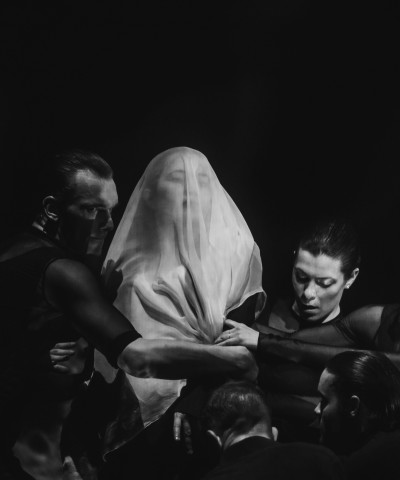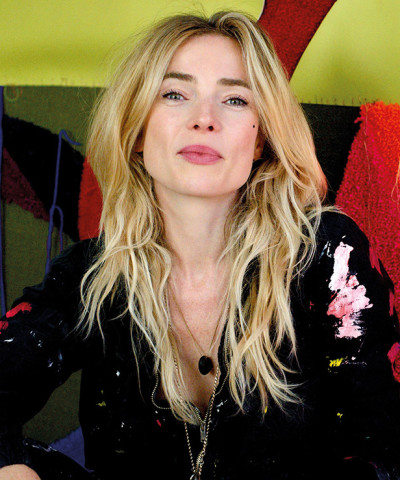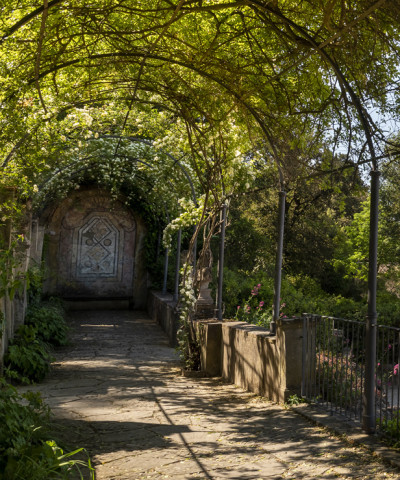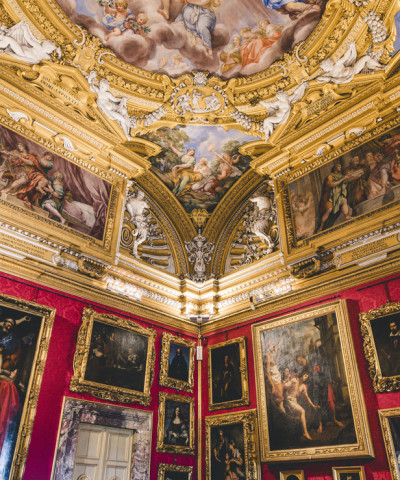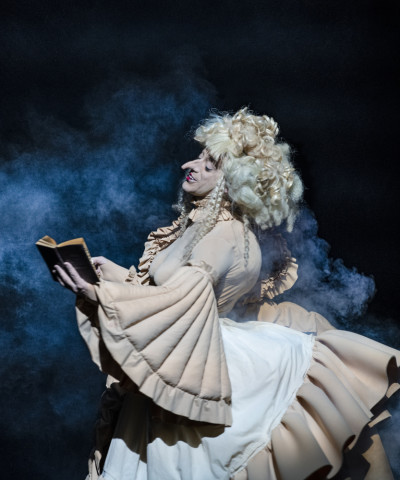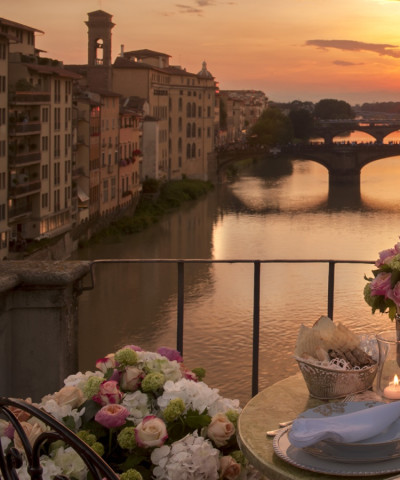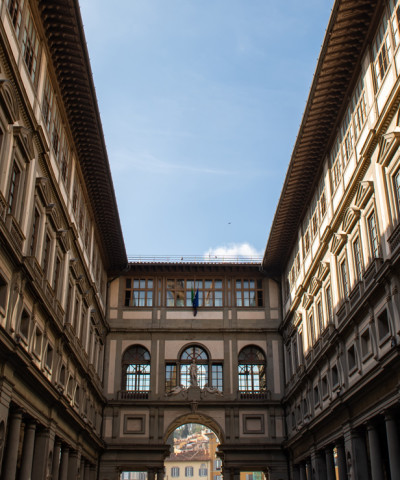Discovering Baroque Florence
Churches, palaces and works of art: an itinerary to discover the most beautiful examples of Baroque in Florence
When you visit Florence, this wondrous city reveals both its medieval and Renaissance beauty. Excluding the buildings overlooking Piazza della Repubblica, an area completely transformed in the mid-19th century, nearly all of its most important monuments were built between the Middle Ages and the Renaissance and contribute to conveying that charm which makes Florence one of the most popular destinations of tourists from all over the world. Yet this beautiful magic box also holds significant works created throughout other centuries and therefore reflecting styles that are different from those for which the city is renowned in the world.
One of these is the Baroque style.We become aware of the important mark this style left onFlorence when we visit the Medici Chapels in San Lorenzo, the church of the Santissima Annunziata or the Giovanni da San Giovanni Hall in Palazzo Pitti’s Museum of the Treasure of the Gran Dukes. Our itinerary to discover the wonders of Baroque Florence begins with this brief introduction.
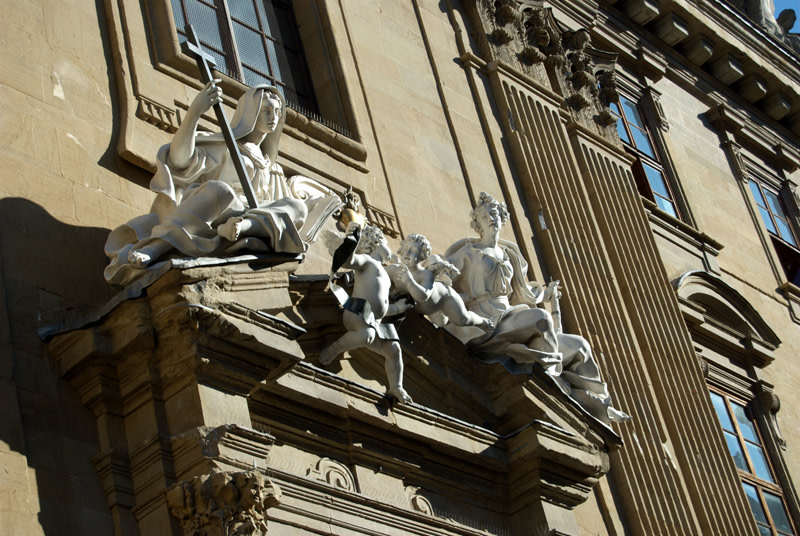 Church of San Filippo Neri in Piazza San Firenze (ph. Carmelo Raineri )
Church of San Filippo Neri in Piazza San Firenze (ph. Carmelo Raineri )The first site worthy of mention is the awe-inspiring religious complex of San Firenze, situated behind Palazzo Vecchio and for many years occupied by the city tribunal, with the exception of one of the three churches, the Church of San Filippo Neri. It was constructed in 1640, when Pope Urban VIII donated the area to the the Oratorian fathers. The first project, which addressed the construction of a convent, a church and an oratory, was entrusted to Pietro da Cortona in 1645, but it was too ambitious. After several attempts to modify it, it was decided to build only the church. In 1715 its facade was finally designed by Ferdinando Ruggieri and constructed. Today the Church of San Filippo Neri is open to visitors, while the former convent and oratory are closed. The interior of this Church was decorated by Gioacchino Fortini (1715) and is adorned with marbles, sculptures, reliefs, frescoes and paintings – a 17th- and 18th-century Florentine art gallery of sorts.
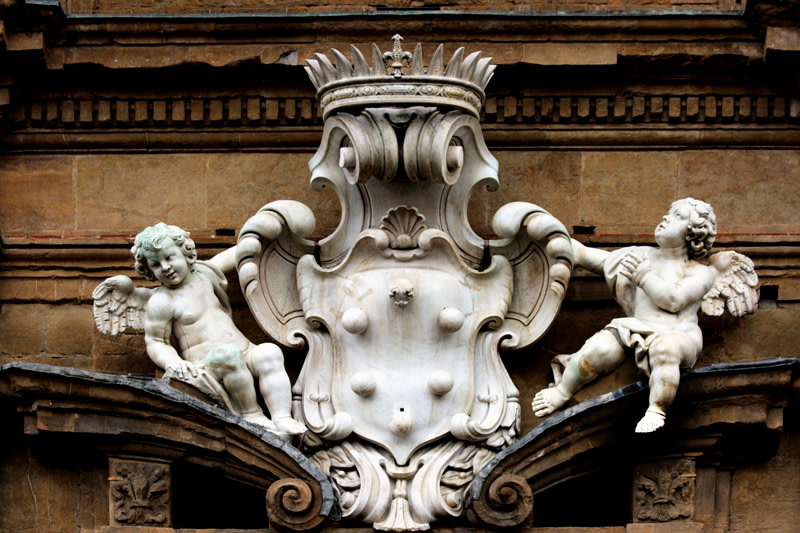 Details of the Church of Santi Michele e Gaetano
Details of the Church of Santi Michele e GaetanoAnother significant example of Baroque can be found inside the Church of Saints Michele and Gaetano, locatedin Piazza Antinori. Built between 1604 and 1630 according to designs by Matteo Nigetti, the church owes its facade in pietra forte (the typical sandstone used extensively in Florence) to Pier Francesco Silvani, who built it in 1683, while the stairs were redesigned in 1701. The church has a longitudinal plan (Latin Cross) and a single aisle and is a rare example of unaltered Florentine Baroque. The church houses important sculptures, paintings and frescoes of the Florentine Seicento.
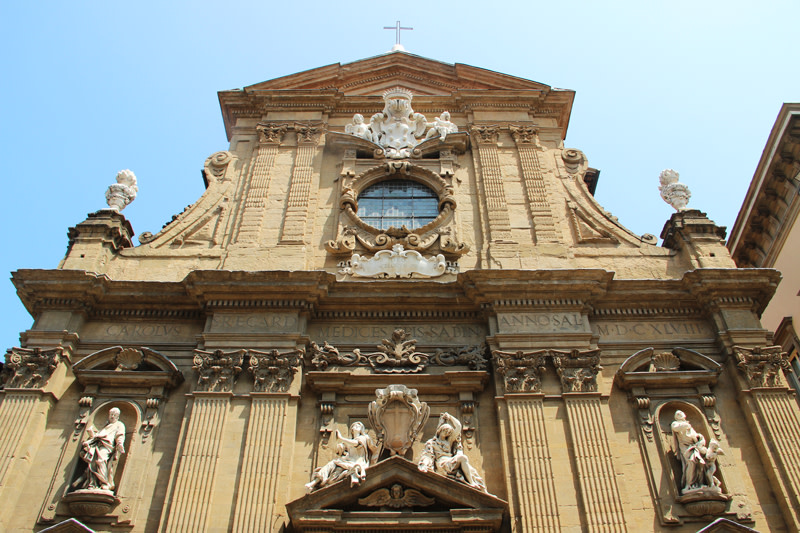 Church of Santi Michele e Gaetano
Church of Santi Michele e GaetanoThe Luca Giordano Gallery of Palazzo Medici Riccardi is a Baroque masterpiece. Designed by Pier Maria Baldi and featuring a frescoed ceiling as well as gilded stuccowork and mirrors embellished with putti, flowers and animals, it is one of the finest examples of Florentine Baroque, on which Luca Giordano worked from 1862 to 1865.
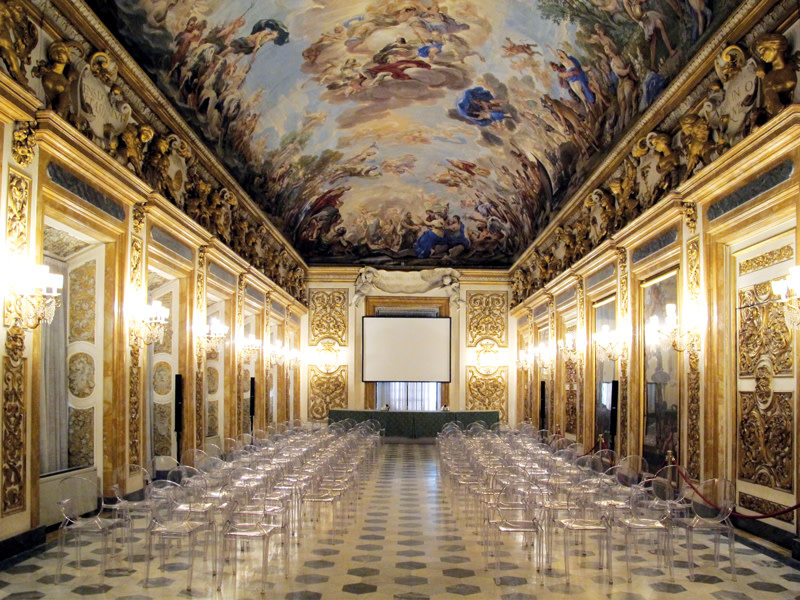 Palazzo Medici Riccardi, Room of Luca Giordano
Palazzo Medici Riccardi, Room of Luca Giordano 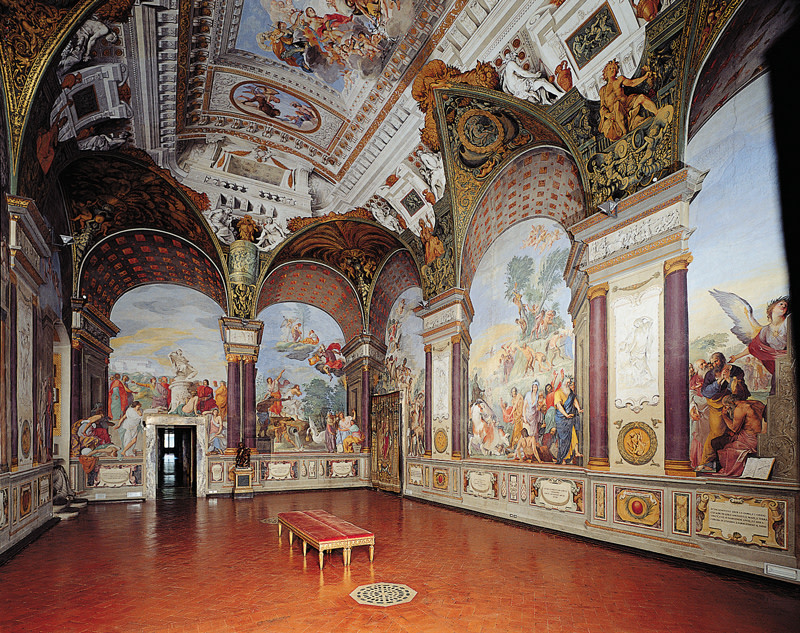 Giovanni da San Giovanni, the frescoed room at the Museo dei Tesori dei Granduchi, Palazzo Pitti
Giovanni da San Giovanni, the frescoed room at the Museo dei Tesori dei Granduchi, Palazzo Pitti Another important public palace which preserves impressive Baroque decorations is Palazzo Pitti. Giovanni da San Giovanni frescoed the Palace’s largest hall, comprised in the Museum of the Treasures of the Grand Dukes, and the Palatine Gallery houses masterpieces by Pietro da Cortona. A first refined example of the latter’s mastery can be found in the small but sumptuous Sala della Stufa (the room of the stove), decorated in1637 with the theme of the four ages of man, inspired by Ovidio and suggested by Michelangelo Buonarroti The Younger. The halls overlooking Piazza Pitti are adorned with incrustation work, inspired by the Roman Baroque galleries and the fantastic frescoes of the Planet Halls, decorated by Pietro da Cortona and Ciro Ferri from 1641.
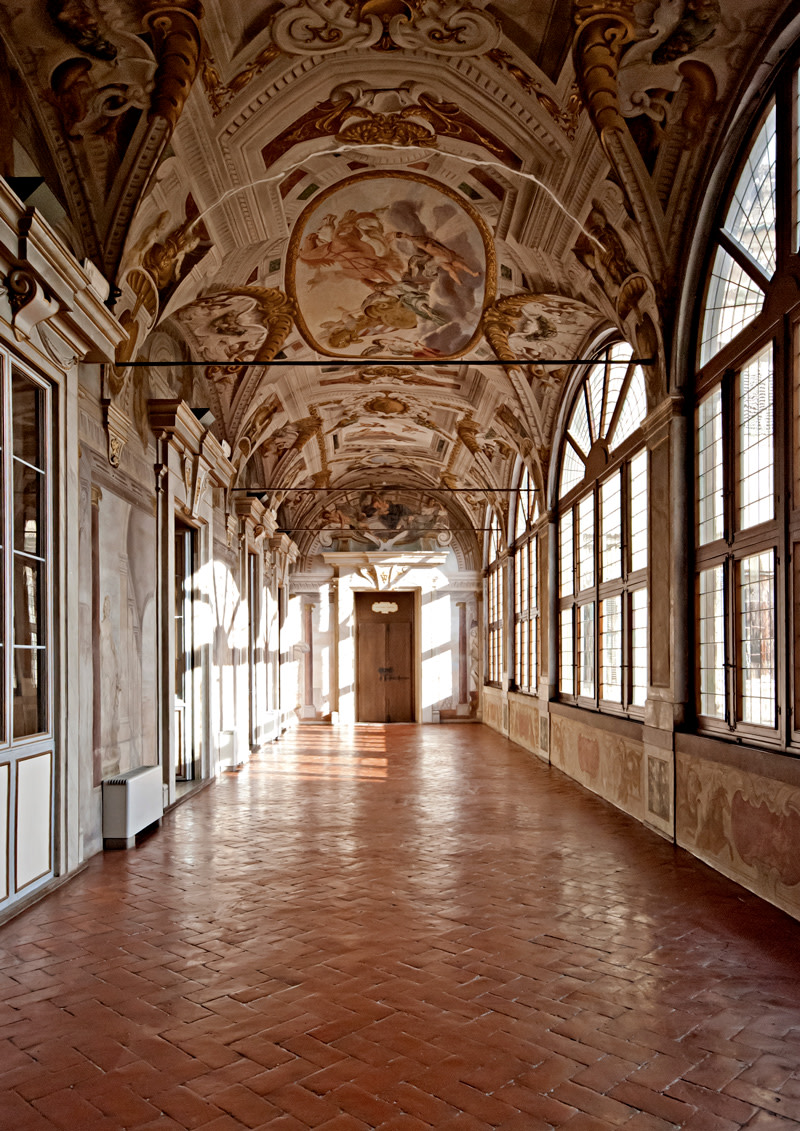 A frescoed hall at Palazzo Corsini sull’Arno (ph. Lorenzo Cotrozzi)
A frescoed hall at Palazzo Corsini sull’Arno (ph. Lorenzo Cotrozzi) A last noteworthy site is located on the riverbanks: Palazzo Corsini, a treasure trove built in the mid-17th century.The palace is defined by two superimposed loggias overlooking its courtyard, a balustrade embellished with statues which runs along the edge of its roof and a Baroque-like spiral staircase.
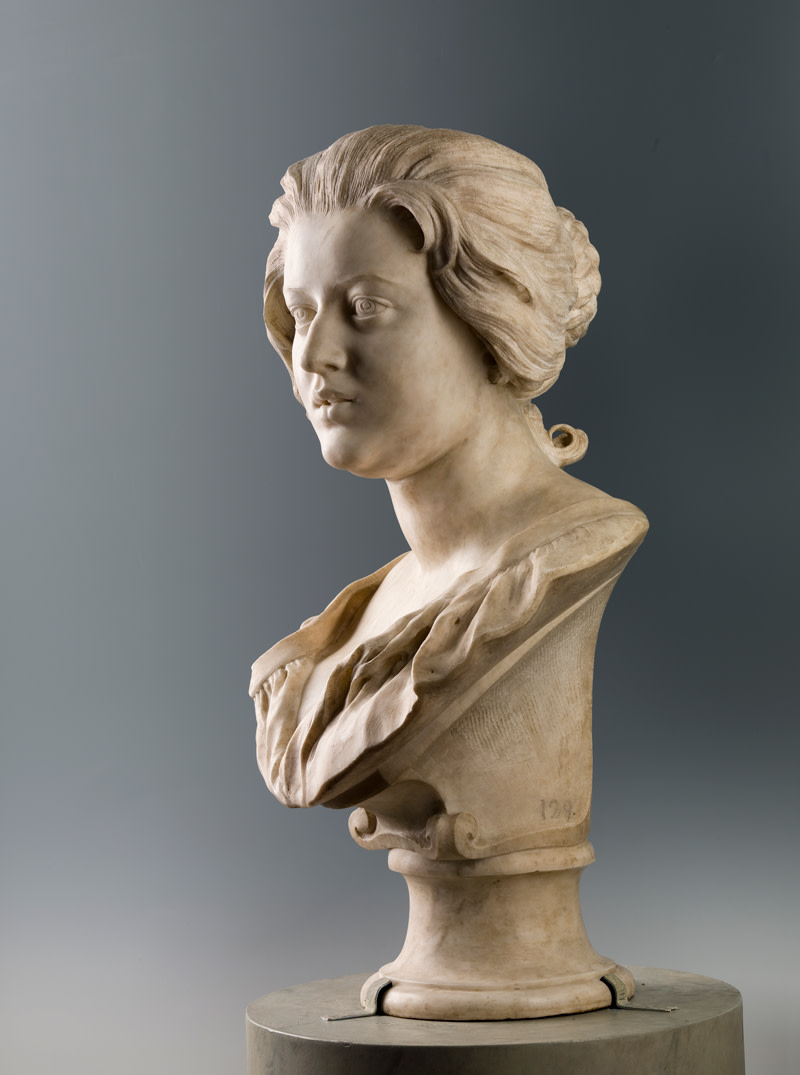 Gian Lorenzo Bernini, portrait of Costanza Bonarelli
Gian Lorenzo Bernini, portrait of Costanza Bonarelli Our itinerary ends at the Bargello, which houses the Portrait of Costanza Bonarelli by Gian Lorenzo Bernini. The bust, brought to Florence in 1645, is a ‘private’ portrait of the the artist’s presumed lover. He portrayed her with her blouse unbuttoned, open lips and unkempt hair. And by impressing the sensual beauty of his lover in marble, he created one of the most striking Baroque portraits of all times.






